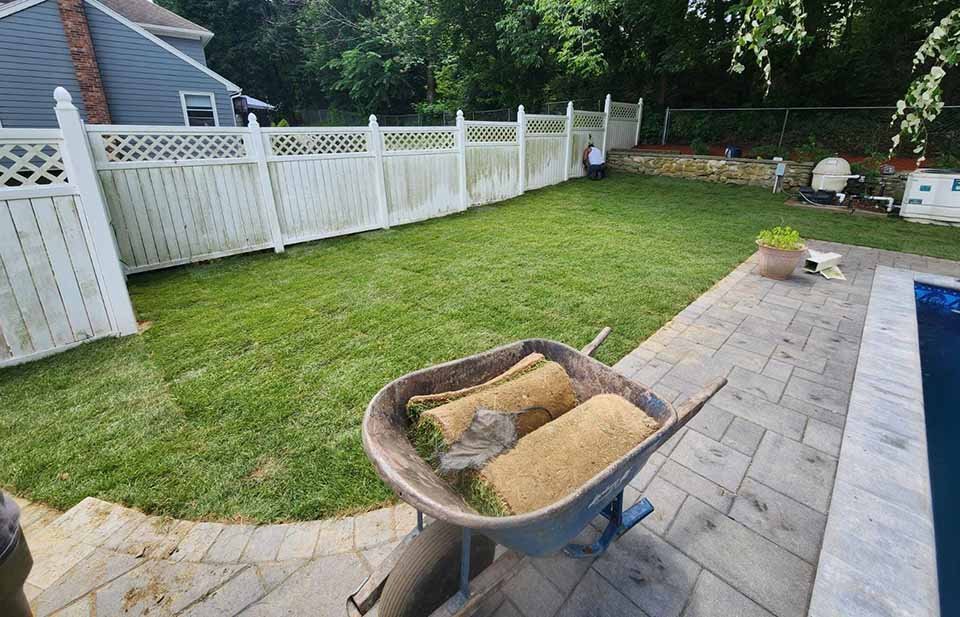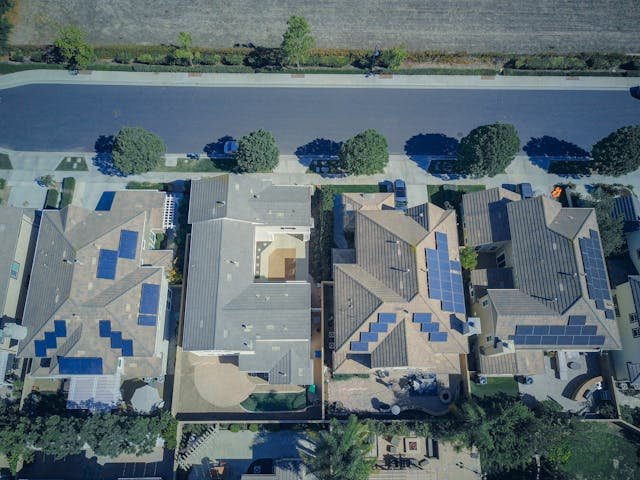Are you struggling with maintaining healthy, verdant grass in your garden? We’ve been there and understand firsthand how frustrating it can be to put effort into a lawn that just doesn’t seem to thrive.
One fact we uncovered through research is that the key to luscious green grass often lies in using loam – a balanced blend of sand, silt, and clay. This article will guide you on understanding what loom for grass is and how its essential nutrients can significantly boost your lawn’s health.
Ready to transform your backyard into an oasis? Let’s dig deep!
Key Takeaways
- Loom for grass is a mixture of sand, silt, and clay that promotes healthy growth in lawns and gardens.
- Using loom improves soil structure and drainage, increasing nutrient retention and enhancing root development.
- To use loom in your garden, prepare the soil by removing debris and incorporating organic matter. Then spread the loom evenly and incorporate it into the existing soil. Repeat applications may be necessary for long-term benefits.
- Incorporating loom into your gardening routine can transform your lawn into a lush oasis with vibrant green grass.
What Is Loom for Grass?
Loom for grass is a mixture of clay, sand, and silt that is specifically designed to promote healthy growth of grass and other plants in your garden.
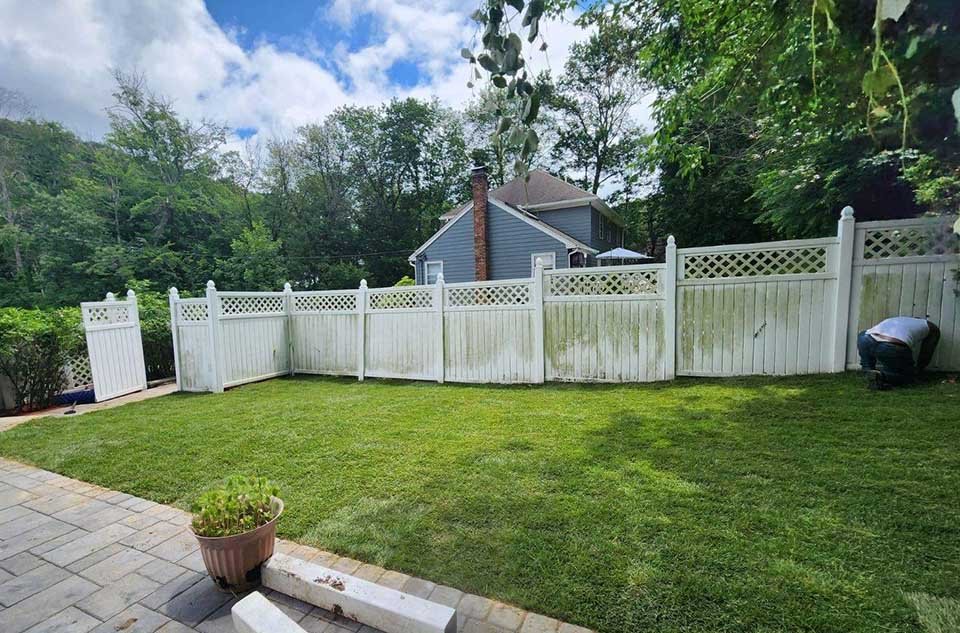
Definition and composition
Understanding the definition and composition of loom is vital for any lawn owner. Loom, in gardening parlance, refers to a perfect blend of sand, silt, and clay. This rich composite mix creates an ideal soil type for robust grass growth.
To achieve a medium loom considered best suited for our lawns and most garden plants, we strive to maintain proportions of around 40% each for sand and silt with the balance being made up by 20% clay content.
Interestingly, note that the term ‘loom’ also relates to an entirely different domain – weaving. In this context, it’s a device used specifically to facilitate intricate weaving processes by keeping warp threads under consistent tension.
However, our primary concern remains centered on its significance in nurturing healthy lawns!
Purpose and benefits in gardening
Loom for grass serves a multi-faceted role in enhancing the overall health and aesthetic of your garden. Its foremost function lies in its fantastic water and nutrient retention capabilities, ensuring your turf remains lush and vibrant even during periods of limited rainfall or watering.
This feature plays a crucial part in maintaining soil moisture levels, preventing erosion, combating dust, and mitigating excessive heat.
Moreover, our gardens’ loom imparts an inclusive green space that all can enjoy – serving both ecological functionality with visual appeal. Turfgrass thrives remarkably well within this type of soil composition due to its balanced mixture of different particles such as silt, sand, clay making it a powerhouse tool for lawn owners everywhere to utilize effectively in their permaculture gardens.
Lastly not forgetting loom’s unique ability is outcompeting pesky weeds which could compromise the look and feel of our outdoor spaces – clearly establishing what is loom for grass benefits are indeed manifold!
How to Use Loom in Your Garden
To use loom in your garden, begin by preparing the soil, then apply and spread the loom evenly across the desired area. Finally, incorporate it into the existing soil to ensure optimal results.
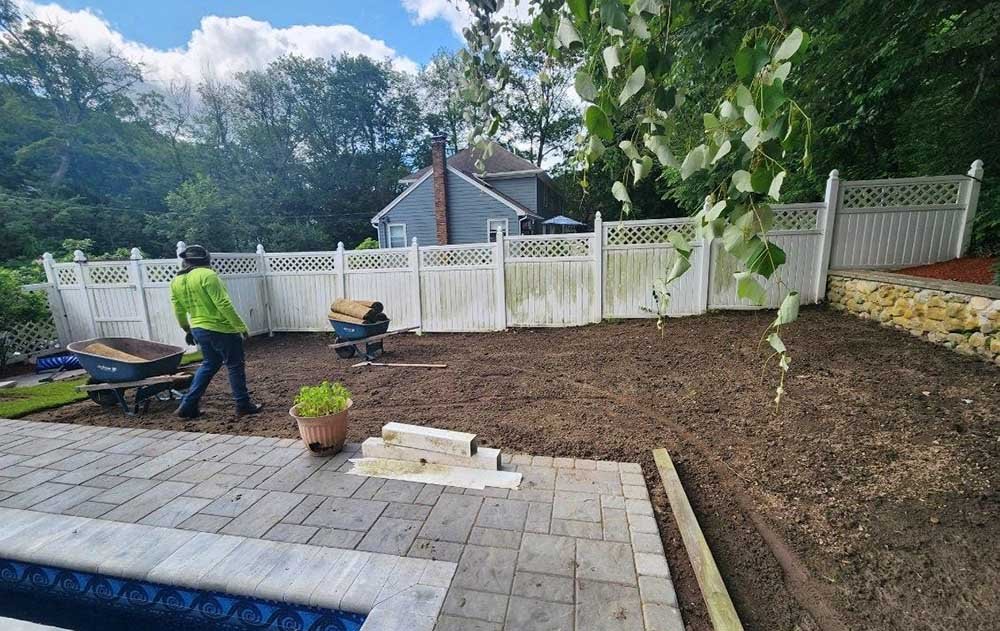
Preparing the soil
Getting your soil prepared for the use of loom is a major step towards establishing a healthy and balanced lawn. Here are the steps you need to take.
- The first thing we do is clear the area where we want to apply the loom. This includes removing any weeds, rocks, or other debris.
- Next, we test the soil’s pH level to determine its acidity or alkalinity using a soil test kit. If required, adjustments can be made to achieve a balanced pH level for healthier grass growth.
- We then loosen the topsoil using a garden fork or tiller. It’s crucial because it makes it easier for loom soil to integrate with your existing soil.
- After ensuring our garden bed is clean and loose, we proceed to apply a layer of organic matter on top of our existing topsoil as recommended. This application is best done in late autumn after harvest has finished.
- We thoroughly mix this organic matter into our existing soil, helping improve its nutrient content before adding the loom soil.
Applying and spreading the loom
To achieve the best results when using loom for grass, it is important to apply and spread it properly. Here are some steps to follow:
- Prepare the soil: Before applying the loom, make sure to prepare the soil by removing any weeds or debris. This will ensure that the loam has a clean and even surface to be spread on.
- Determine the amount needed: It is important to determine the amount of loam needed for your lawn. This can be done by measuring the area you want to cover and calculating how much loam will be required based on the recommended application rate.
- Spread the loam evenly: Begin by spreading a thin layer of loom over the surface of your lawn. Use a rake or shovel to distribute it evenly, making sure not to pile it up in any one spot. Aim for a consistent layer of about 1/4 inch deep.
- Incorporate it into the existing soil: Once you have spread the initial layer of loom, use a rake or garden fork to work it into the existing soil. This will help to mix the loam with the underlying soil, allowing for better root penetration and overall improved plant growth.
- Level and smooth out: After incorporating the loam into the soil, take some time to level and smooth out any uneven areas. Use a lawn leveling rake or a flat board to ensure an even surface before proceeding with planting grass seeds or laying sod.
Incorporating it into the existing soil
To achieve optimal results with loom for grass, it is essential to properly incorporate it into your existing soil. Here’s how you can do it:
- Begin by preparing the soil: Before adding the loom, make sure to remove any weeds or debris from the area. Loosen the soil using a garden fork or tiller to create a suitable planting bed.
- Apply and spread the loom evenly: Once the soil is prepared, sprinkle the loom over the planting area. Aim for an even coverage, ensuring that no clumps or piles of loom are present.
- Mix the loom with existing soil: Using a garden fork or tiller, thoroughly mix the loom into the existing soil. Work in a circular motion to ensure uniform distribution and incorporation.
- Monitor moisture levels: After incorporating the loom, water the area adequately to help settle and activate it within the soil. This will promote better integration and nutrient availability for your grass.
- Consider repeat applications: Depending on your specific lawn needs, you may need to add additional layers of loam over time to maintain its benefits and enhance overall soil quality.
Benefits of Using Loom for Grass
Using loom for grass offers several benefits that can greatly enhance the health and appearance of your lawn. Improved soil structure and drainage, increased nutrient retention, and enhanced root development are just a few advantages you can expect when incorporating loom into your gardening routine.
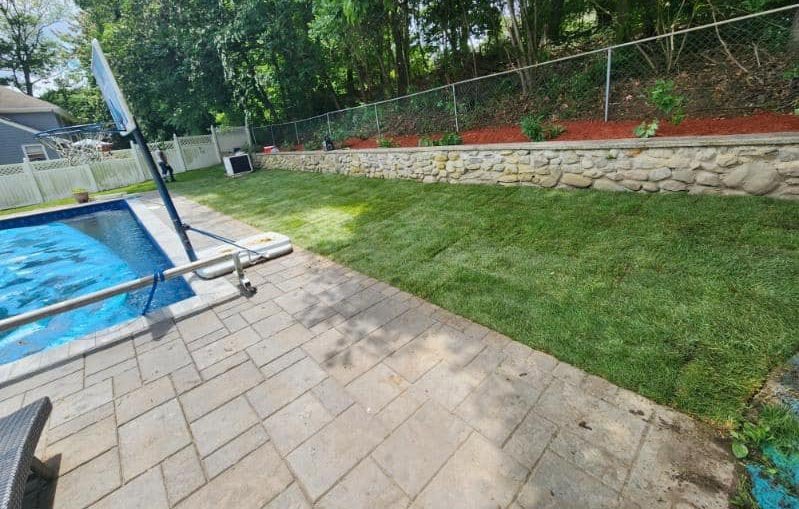
Improved soil structure and drainage
Loam soil, when used for grass, offers a significant benefit in terms of improving soil structure and drainage. Loamy soil combines the best characteristics of sand, silt, and clay to create a balanced composition that promotes optimal grass growth.
The sandy particles provide excellent drainage, ensuring that excess water doesn’t suffocate the roots of your grass. At the same time, the presence of silt and clay helps bind together individual soil particles, creating a stable structure that allows air and nutrients to reach grassroots easily.
This improved soil structure not only facilitates better nutrient absorption but also encourages deeper root development, resulting in healthier and more vibrant lawns. So by incorporating loom into your garden or lawn, you’re setting the stage for robust grass growth with proper drainage to ensure long-term health.
Increased nutrient retention
One of the key benefits of using loom for grass is its ability to increase nutrient retention in the soil. Sandy loam soil, which makes up loom, has a high capacity to hold on to essential nutrients that are necessary for healthy grass growth.
This means that when you incorporate loom into your lawn, you’re providing a better environment for your grass to thrive and absorb the nutrients it needs. The presence of silt and clay in sandy loam soils helps trap and retain these valuable nutrients, ensuring they stay available for your grass plants throughout their growth cycle.
So by using loom in your garden, you can ensure that your grass not only gets the nourishment it needs but also maximizes its potential for lush greenery.
In the future, if you need to mow your grass to have a beautiful lawn, consider flap disc for sharpening lawn mower blades right here!
Enhanced root development
One of the key benefits of using loam soil for your grass is the enhanced root development it provides. Loam soil has a perfect balance of sand, silt, and clay particles, creating an ideal environment for roots to establish and grow.
The texture of loam soil allows grass roots to penetrate deeply into the ground, resulting in a stronger and more resilient lawn. With deeper root systems, your grass can access more nutrients and water from the soil, leading to healthier growth and reduced dependence on excessive fertilizers.
By incorporating loam into your garden, you’re laying the foundation for lush green grass with robust root systems that will support its long-term health and vitality.
After planting the loam in the ground, it’s important to use a lawn mower with mulching capability to remove any leaves on the grass. This will ensure that the grass is exposed to ample light, which is crucial for optimal growth.
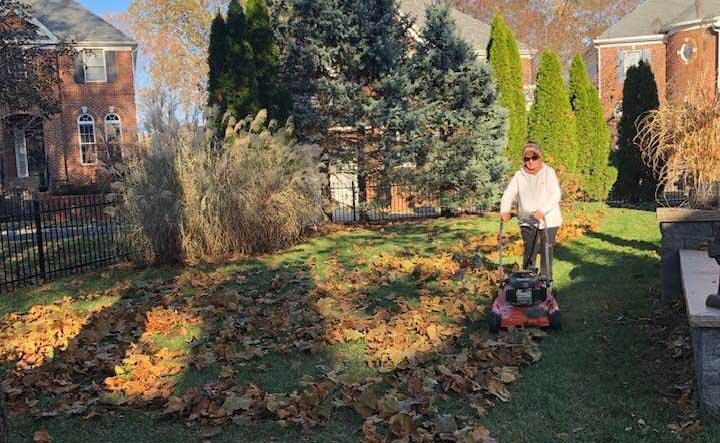
Conclusion
In conclusion, loom for grass is a specialized soil mixture that contains a balanced combination of sand, silt, and clay. It offers several benefits to gardeners, including improved soil structure and drainage, increased nutrient retention, and enhanced root development.
By incorporating loom into your garden or lawn care routine, you can create an optimal environment for healthy and vibrant grass growth. So why wait? Start using loom for grass today and enjoy the beautiful results it brings to your outdoor space!
FAQs
1. How does loom for grass work?
Looms for grass typically consist of a frame with multiple hooks or needles that are used to insert the synthetic turf strands into a backing material. The operator feeds the strands through the hooks or needles, guiding them into position while ensuring they are evenly distributed and securely attached.
2. Can I use regular sewing machines instead of loom for grass?
Regular sewing machines are not suitable for weaving artificial grass because they lack the specific features and durability required to handle the thicker materials involved in synthetic turf production. Looms designed specifically for this purpose offer better control, speed, and efficiency.
3. Where can I find looms or equipment for grass weaving?
Specialized suppliers and manufacturers that cater specifically to the artificial turf industry should have looms and other necessary equipment available for purchase or rental. Online marketplaces dedicated to industrial machinery may also offer options for sourcing looms tailored to your specific needs.






